Oak, Gum or Tupelo?
Another wood identification problem. January 29, 2009
Question
I just got a few logs back from the mill and have one that I thought for sure was oak until it was cut. Can someone help me in the ID of this wood? Below is an image of the other half of the log (uncut) and an image of the wood after I got it back. It has no smell that I can detect. This small piece seems much lighter than red/white oak, has no detectable grain pattern and does have some slightly darker "blotches" in the wider pieces of lumber. Is it some type of maple?
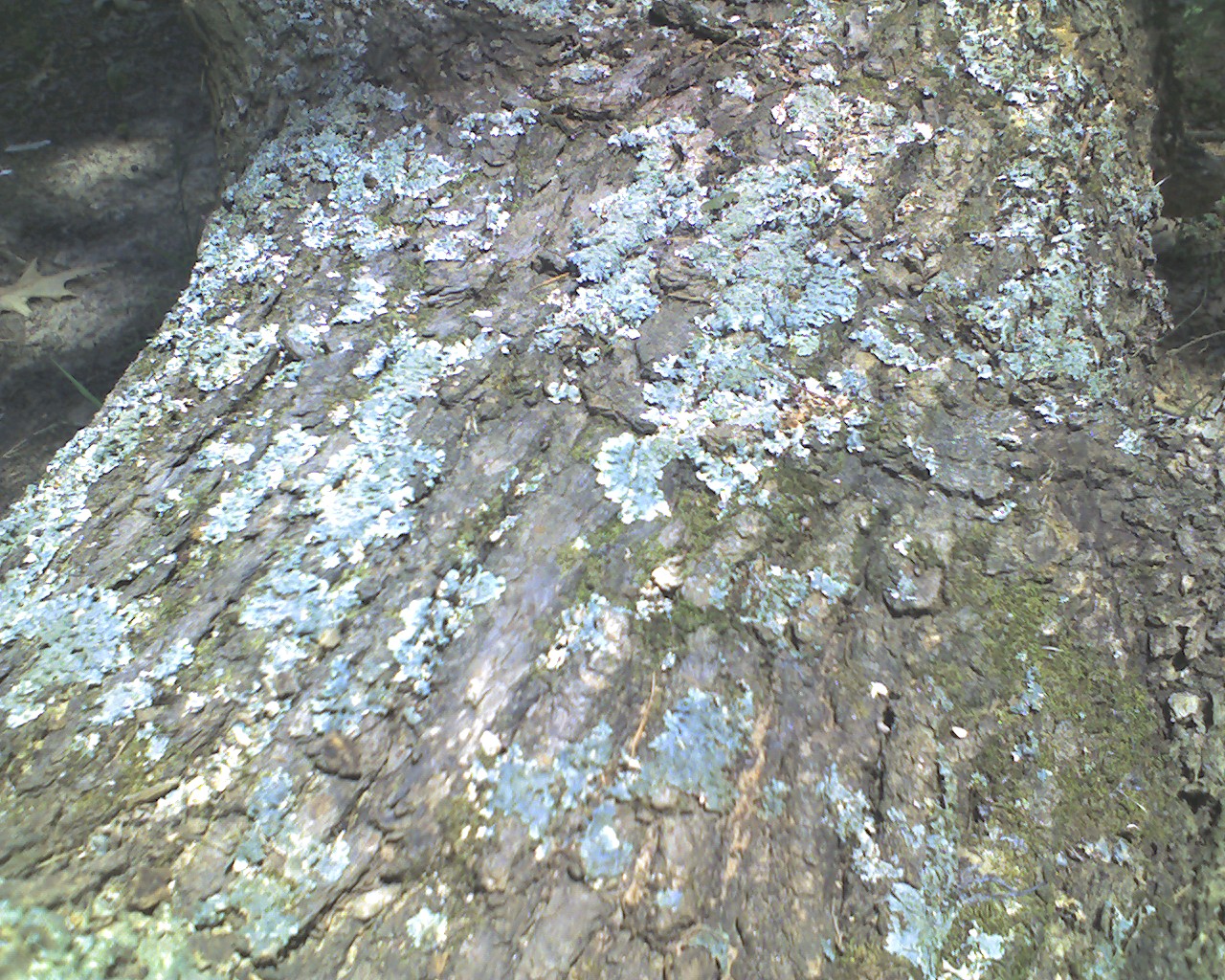
Click here for full size image
Forum Responses
(Sawing and Drying Forum)
From the original questioner:
Here is a small piece of one of the boards - sorry for the poor quality. My camera won't pick up a lot of detail that is probably needed.
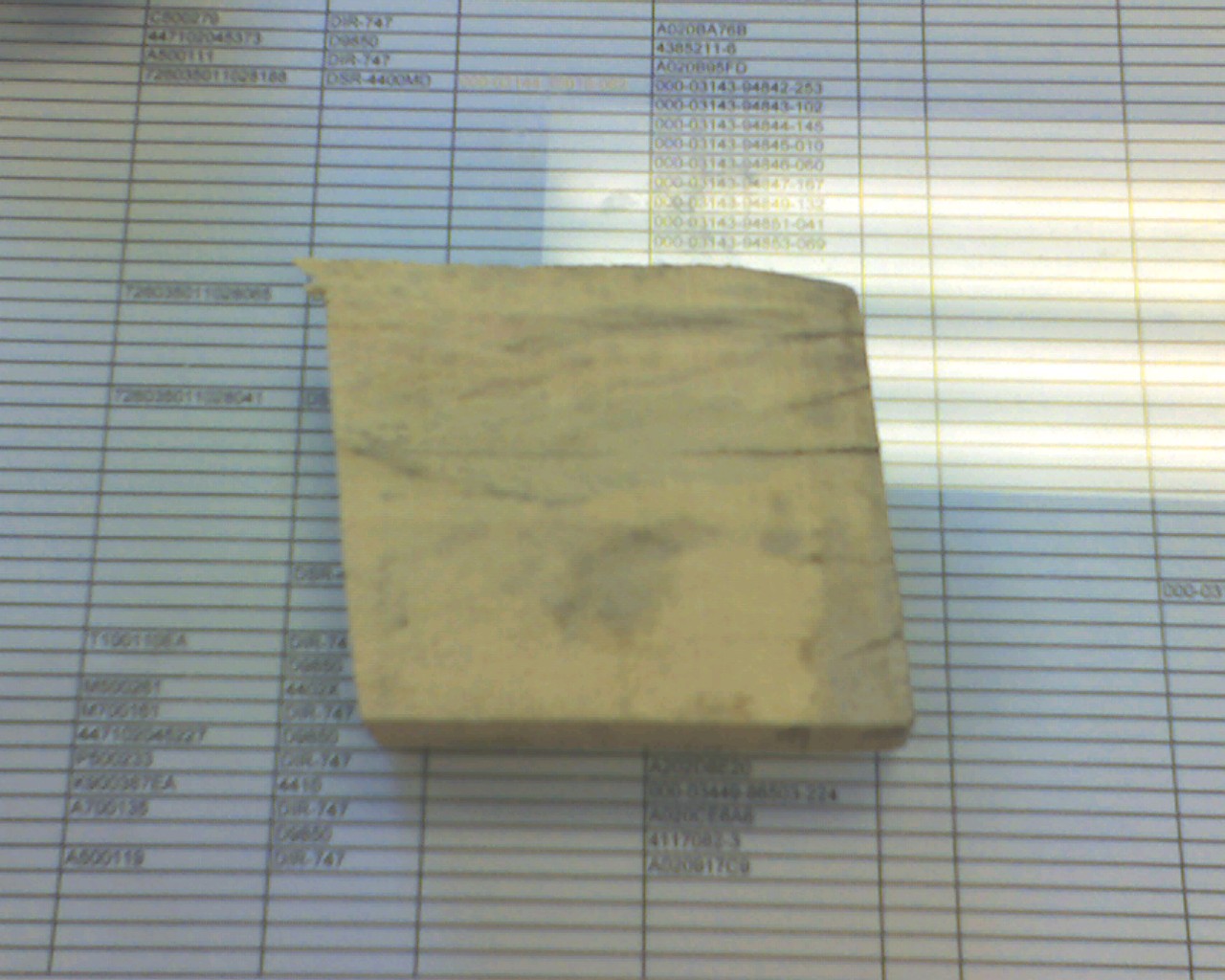
Click here for full size image
From contributor R:
It looks similar to Bay or Magnolia.
From contributor C:
It looks like it could be basswood. What part of the country?
From the original questioner:
It was cut in middle Tennessee. Below is another image from a better camera.
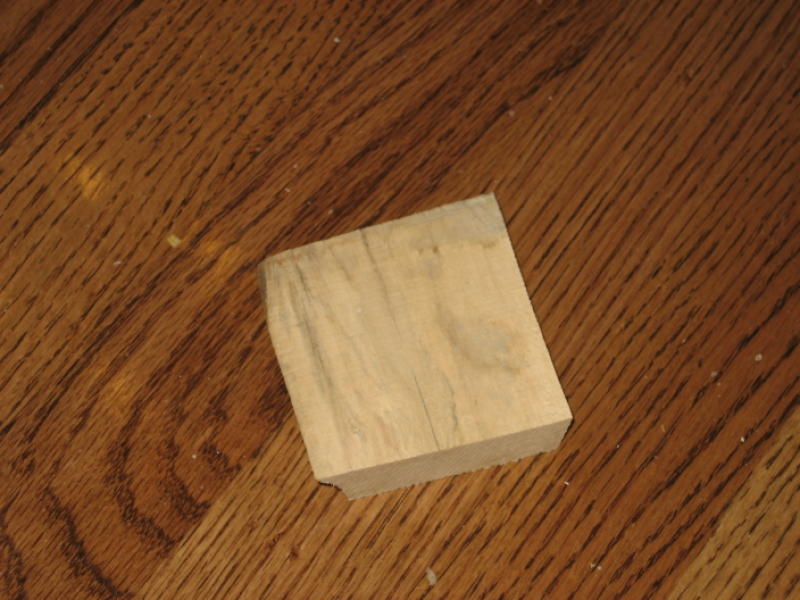
Click here for full size image
From contributor L:
My guess is black gum. If you have any round log left, try to split it. If it is gum, it should be cross-grained like elm.
From contributor J:
It looks just like some basswood I have on hand.
From Gene Wengert, forum technical advisor:
I also think tupelo, black gum is likely.
From contributor S:
I'll venture an uneducated guess, based on the bark, of blue ash. Black gum in this area has a deeper more defined lighter shade of bark.
From contributor T:
Here's a shot of a black gum one for comparison.
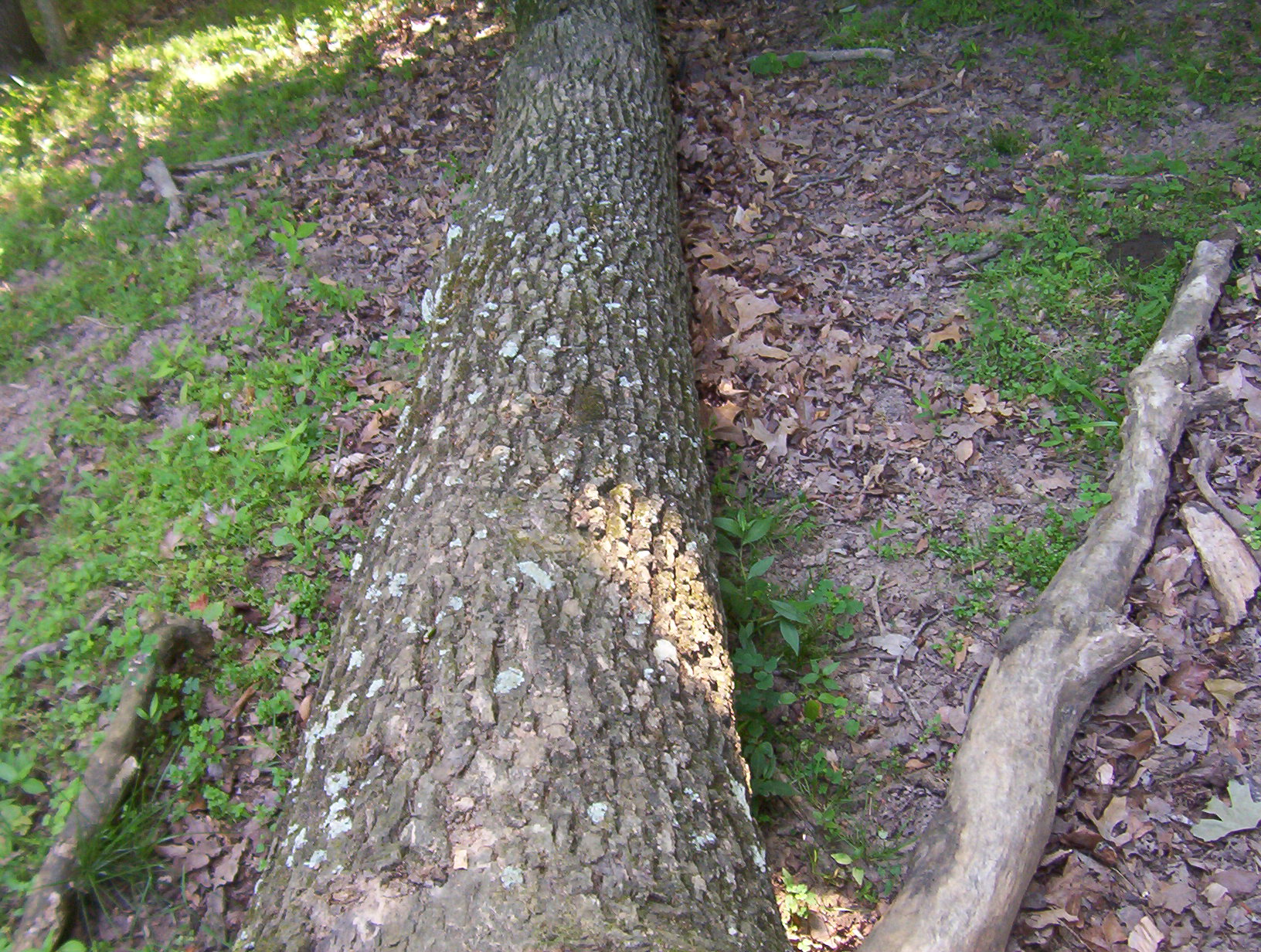
Click here for full size image
But the bark does vary some. Contrast the deeper furrows on the next shot.
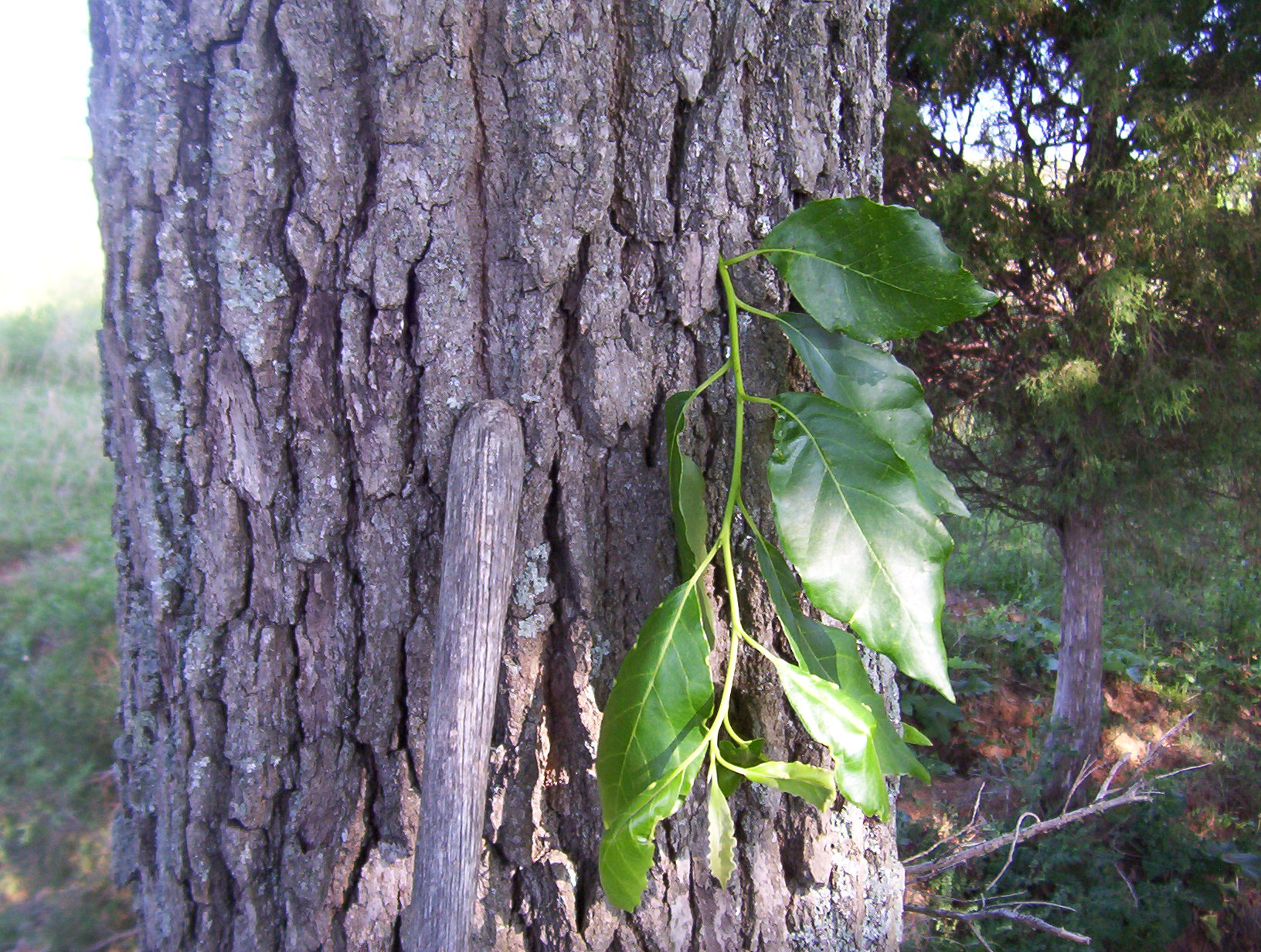
Click here for full size image
From the original questioner:
I have shown it to a few people and their consensus was some type of poplar because of its very light weight and lack of grain pattern. I have had to order something (can't seem to find anything around town) that would magnify the end grain enough to compare it to the book I have of known types.
From contributor L
Try to split a piece. If you have any left in log form or any that is thick and about 18 inches or so. If it won't slit cleanly it is black gum.
The comments below were added after this Forum discussion was archived as a Knowledge Base article (add your comment).
Comment from contributor B:
The piece of wood looks exactly like the Southern Magnolia below that was cut north of Atlanta, GA in Acworth a few months ago (June).
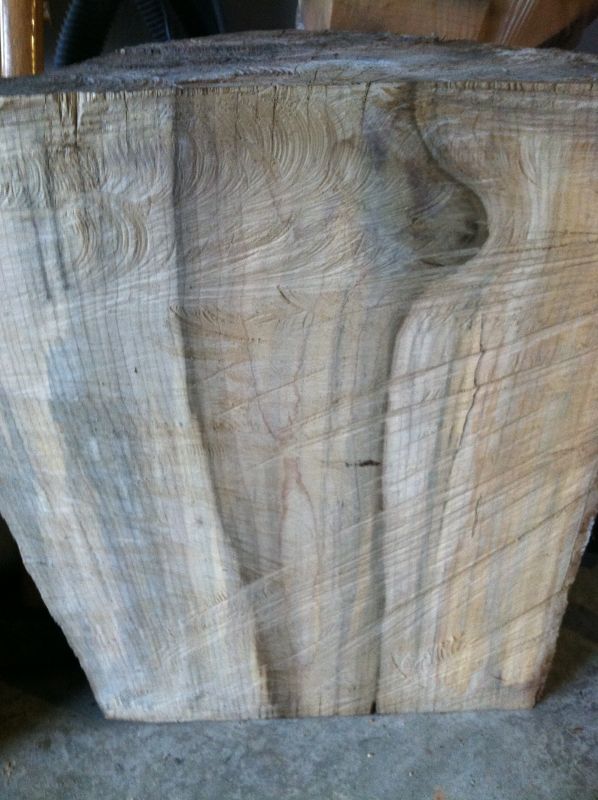
Click here for higher quality, full size image
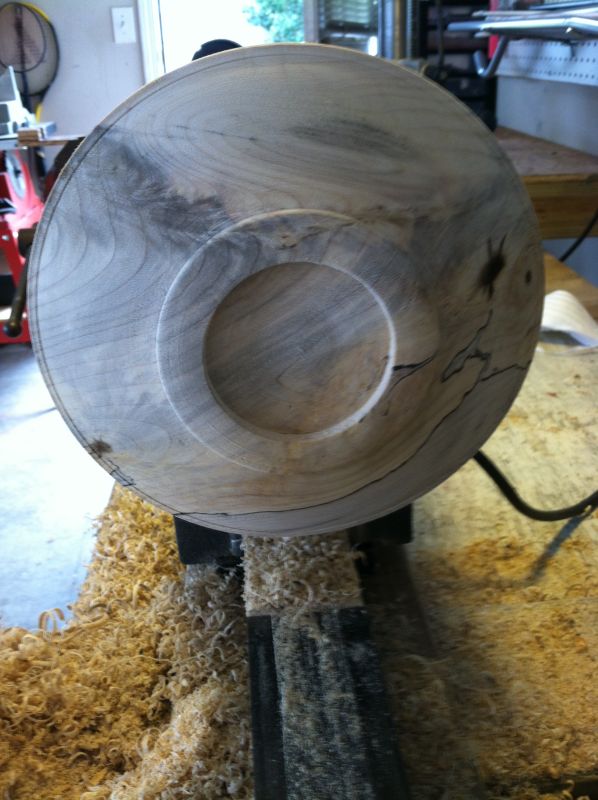
Click here for higher quality, full size image
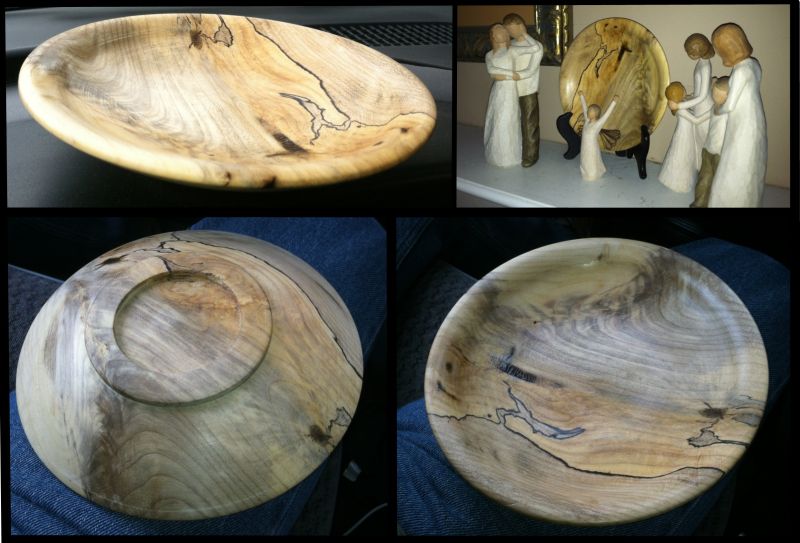
Click here for higher quality, full size image
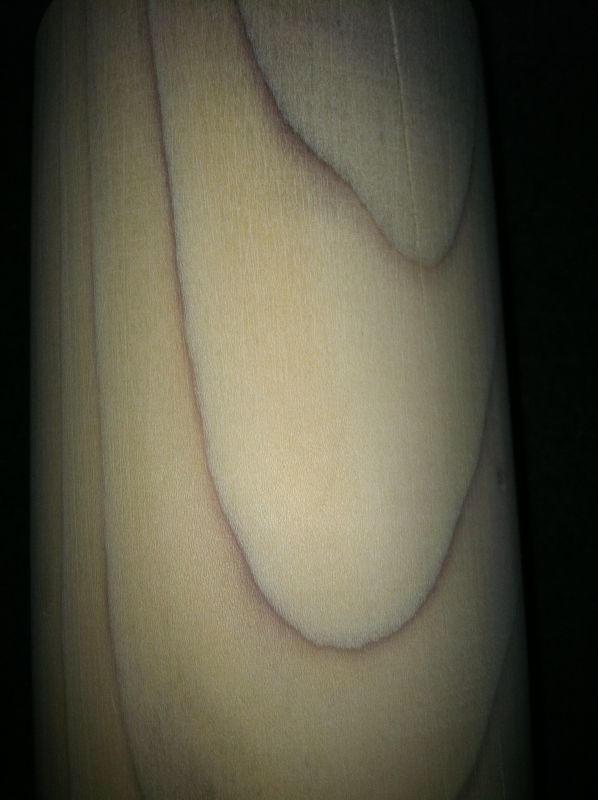
Click here for higher quality, full size image








